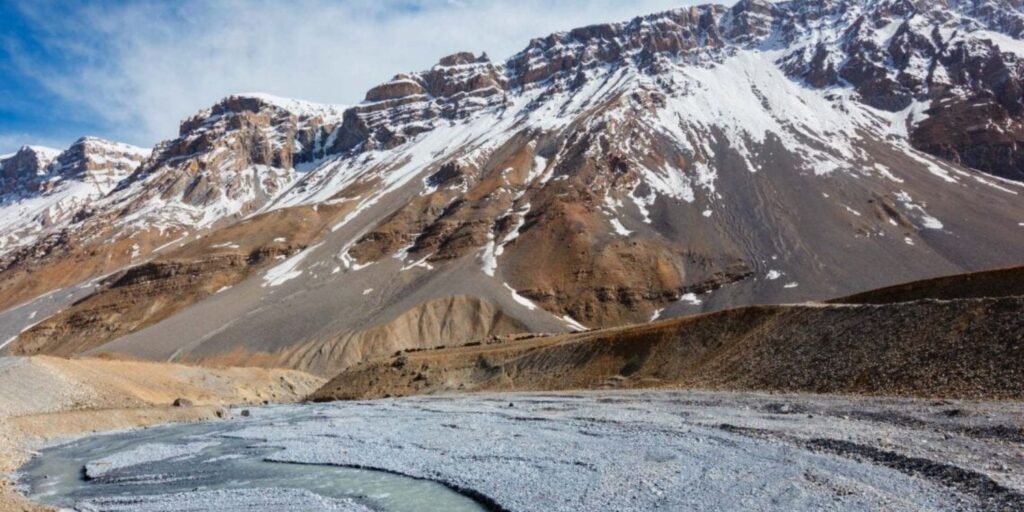Embarking on a journey to the summits of the highest peak in India is akin to stepping into a realm where the earth kisses the sky.
“On Top of the World: Tour of the Highest Peak in India” is a captivating exploration of these majestic mountains, each with its own story, challenges, and ethereal beauty.
From the formidable K2, standing as a sentinel on the borderlands, to the mystical allure of Kangto in the east, this blog takes you on an unparalleled adventure through the heart of India’s towering giants.
As we traverse the rugged terrains, sacred myths, and breathtaking landscapes, we uncover the spirit of adventure and reverence that these peaks inspire in the hearts of those who dare to venture close.
1. K2 Mountain (Mount Godwin-Austen): 8,611 meters

K2, also known as Mount Godwin-Austen, stands as the second-highest peak in the world, reaching an impressive height of 8,611 meters. This majestic mountain is nestled within the northwestern part of the Karakoram Range.
Its unique geographical location places it on the border between the Baltistan region of Kashmir, under Pakistan’s control, and the Xinjiang region, governed by China.
The challenging terrain and severe weather conditions of K2 make it one of the most difficult mountains to climb. Due to its high fatality rate among climbers, it is often called “Savage Mountain. “
2. Kangchenjunga: 8,586 meters

Kangchenjunga, the third-highest peak in the world, rises to an elevation of 8,586 meters.
This magnificent mountain straddles the border between Sikkim, India, and Nepal, within the grandeur of the Greater Himalayas.
Kanchenjunga is derived from Tibetan, meaning “The Five Treasures of Snows,” which refers to its five high peaks.
The mountain holds great religious significance and is revered by the people of both India and Nepal.
Its diverse ecosystems are home to various flora and fauna, making it a significant site for biodiversity.
3. Nanda Devi: 7,816 meters
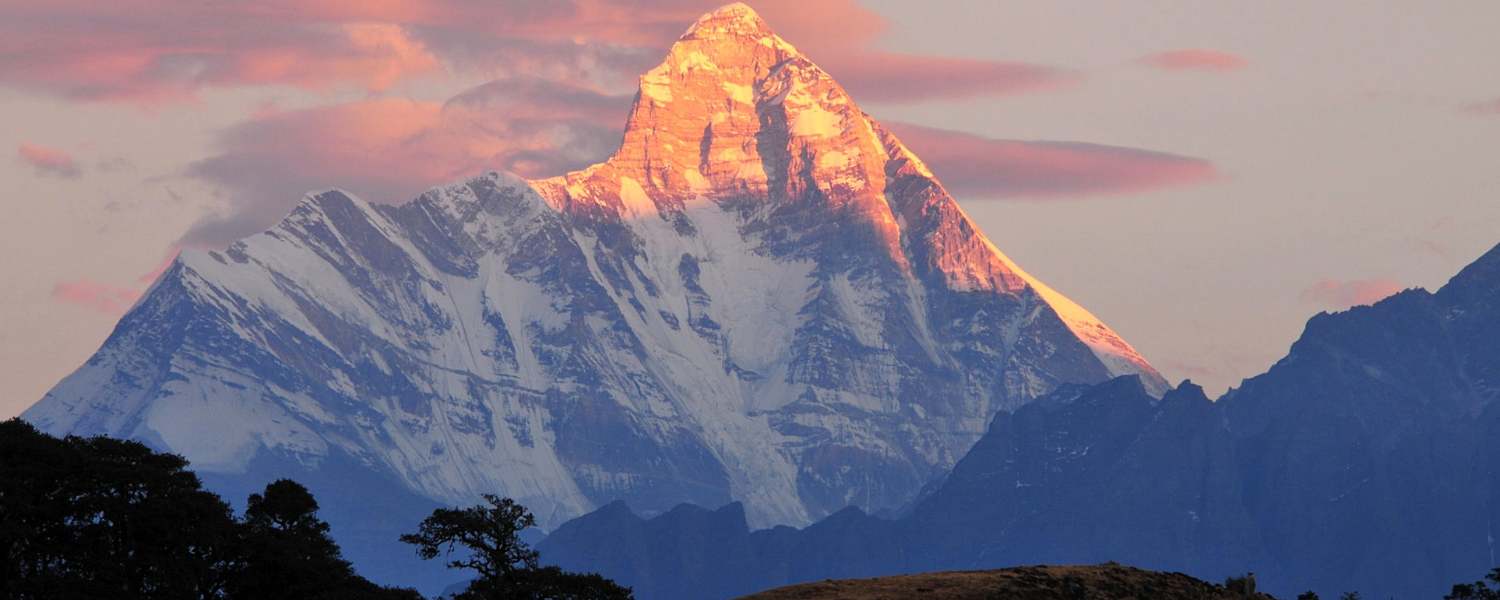
Nanda Devi, India’s second-highest mountain, towers at 7,816 meters and is an integral part of the Garhwal Himalayas in Uttarakhand.
The peak lies in the Chamoli district, surrounded by the Nanda Devi National Park, a UNESCO World Heritage Site known for its unique biosphere.
Nanda Devi is not just a mountain; it’s a symbol of cultural and religious importance for the local populace.
The mountain’s challenging terrain and remote location make it a coveted destination for serious mountaineers.
4. Kamet: 7,756 meters
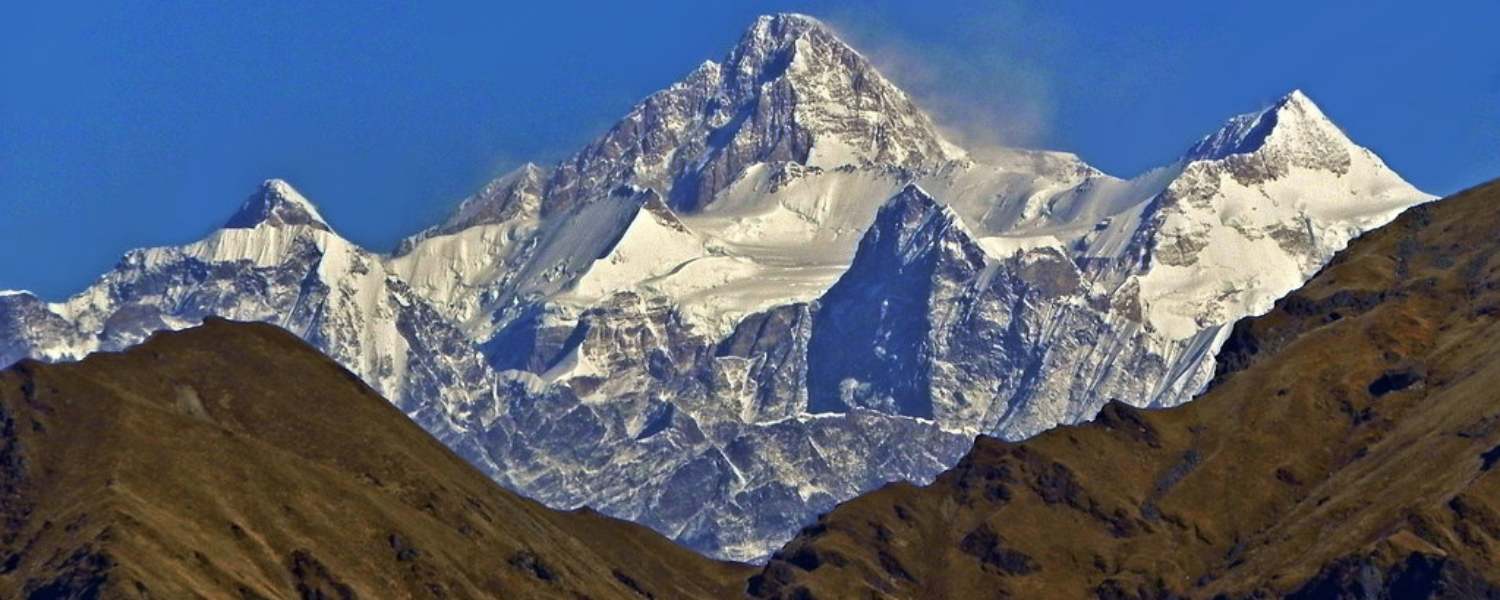
Kamet’s impressive stature at 7,756 meters makes it one of the highest peaks in the Garhwal region of Uttarakhand, India.
It is part of the Zanskar Range. Despite its high altitude, Kamet is less known compared to its Himalayan counterparts, offering a more secluded climbing experience.
The mountain presents a challenging climb with its steep slopes and unpredictable weather.
The area around Kamet is known for its pristine beauty and is a haven for trekkers and mountaineers seeking solitude and unspoiled nature.
5. Saltoro Kangri: 7,742 meters
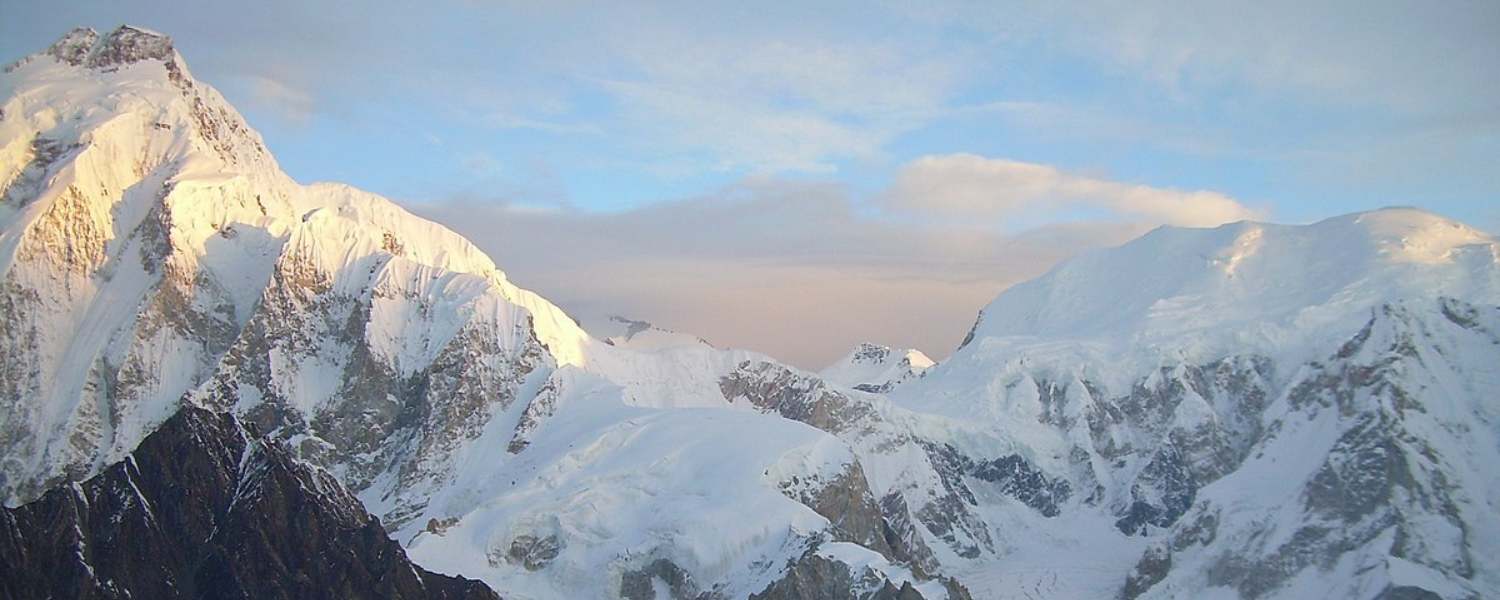
Saltoro Kangri, at 7,742 meters, is located near the Siachen Glacier in the southeastern part of the Karakoram range.
It marks the line of control between the India- and Pakistan-controlled regions.
This mountain is part of the Saltoro Range, less known but equally formidable as the other parts of the Karakoram.
The region’s geopolitical significance adds to the mountain’s remoteness and inaccessibility, making expeditions to Saltoro Kangri rare and challenging for climbers.
6. Saser Kangri: 7,672 meters
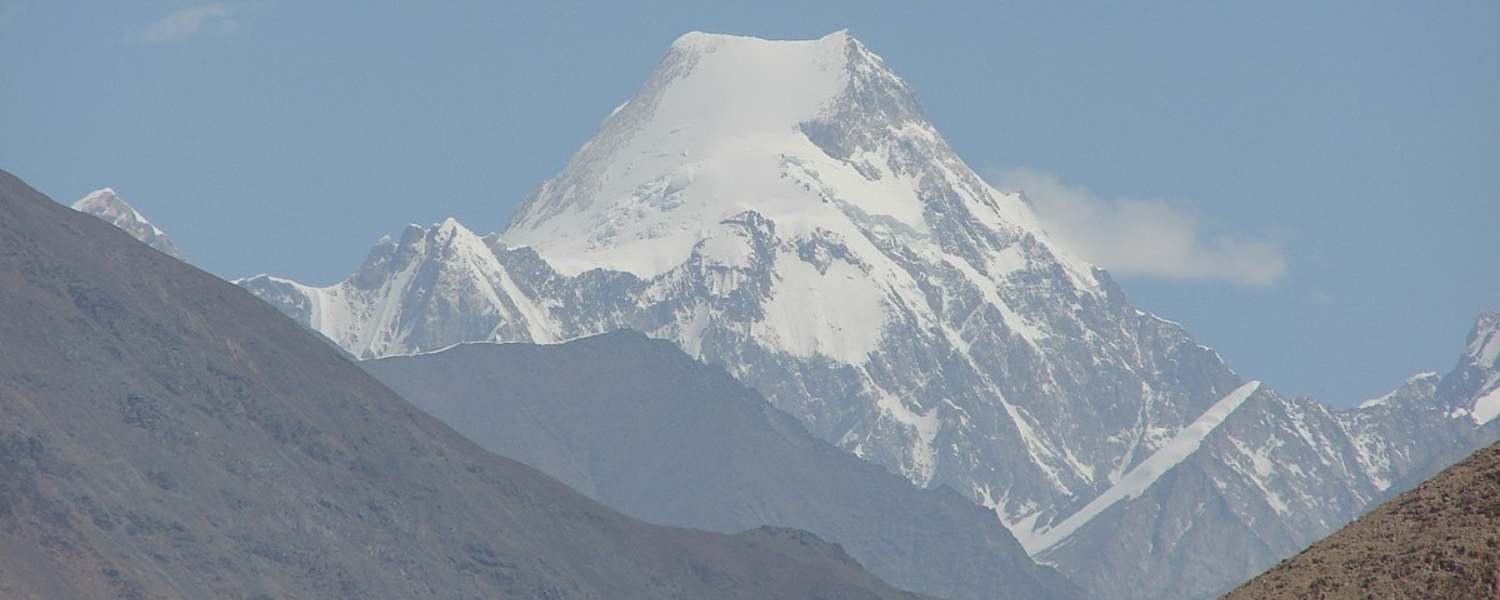
Saser Kangri is a majestic peak in the Saser Muztagh range of the Eastern Karakoram in the Union Territory of Ladakh, India.
At an elevation of 7,672 meters, it is one of the highest mountains in India and the 35th highest peak in the world.
The Saser Kangri massif includes several notable peaks, with Saser Kangri I being the highest among them.
This region is renowned for its remote and rugged terrain, offering mountaineers a challenging yet rewarding experience.
The area is also part of the larger Hemis National Park, known for its unique biodiversity, including the elusive snow leopard.
7. Mamostong Kangri/Mamostang Kangri: 7,516 meters

Mamostong Kangri, also known as Mamostang Kangri, is a prominent peak in the Rimo Muztagh range, part of the more extensive Karakoram range in the Union Territory of Ladakh, India. Standing at an elevation of 7,516 meters, it is one of the highest peaks of India.
Due to its remote location, the mountain is relatively isolated and less frequented by climbers, making it a pristine and untouched area for high-altitude mountaineering.
The challenging terrain and harsh weather conditions add to the allure for adventure seekers looking to test their limits in the high Himalayas.
8. Rimo I/Rimo Kangri I: 7,385 meters
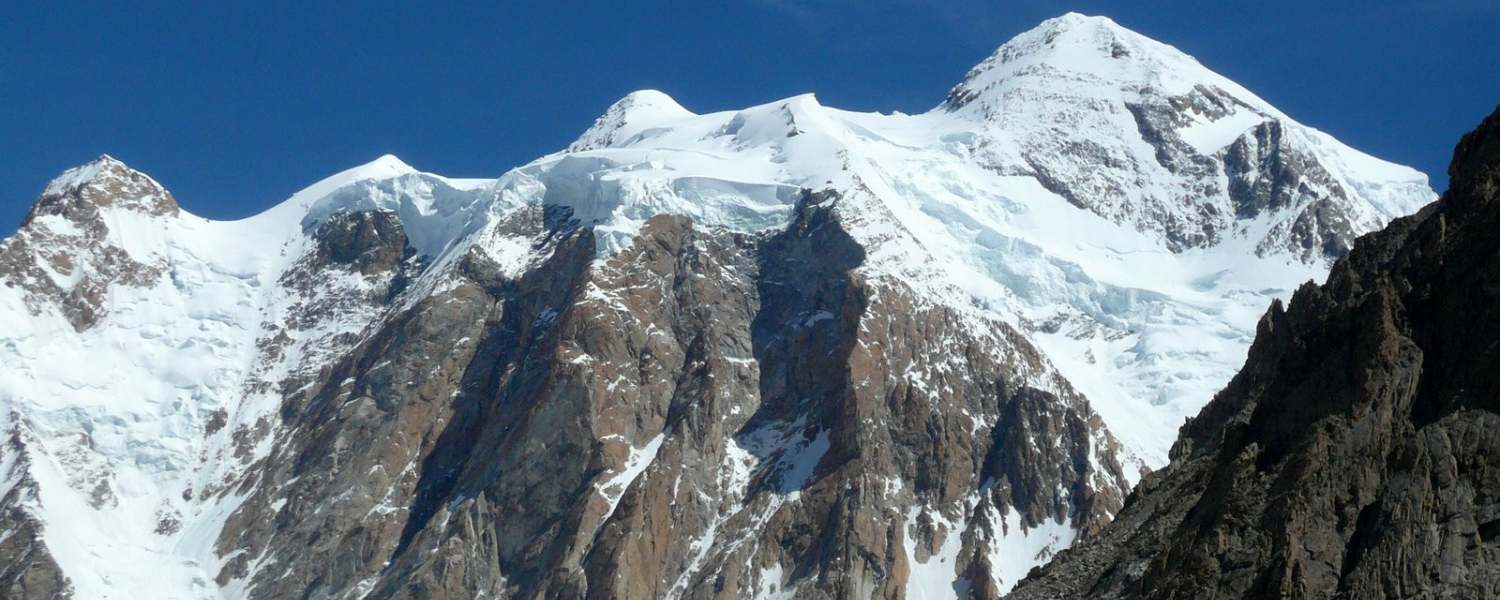
Rimo I, also known as Rimo Kangri I, is a significant peak in the Rimo Muztagh subrange of the Karakoram range, located in Ladakh, India.
With an elevation of 7,385 meters, it is among the highest peaks in the region.
The Rimo massif is notable for its remote location and relatively few attempts by climbers.
The area is characterized by its stunning glaciers, including the North and South Rimo glaciers, among the largest in the region.
The mountain’s isolation and challenging conditions make it a coveted destination for severe mountaineers seeking solitude and unspoiled natural beauty.
9. Abi Gamin: 7,355 meters

Abi Gamin is a prominent peak in the Garhwal Himalayas in the Chamoli district of Uttarakhand, India. It reaches an elevation of 7,355 meters and is part of the Kamet massif, which includes several other high peaks.
The mountain is located near the border with Tibet and is known for its accessibility compared to other peaks of similar height. It is often climbed as preparation for more challenging Himalayan expeditions.
The region is known for its breathtaking landscapes, including verdant valleys, alpine meadows, and towering peaks, offering a picturesque backdrop for climbers and trekkers alike.
10. Hardeol: (7,151 meters)
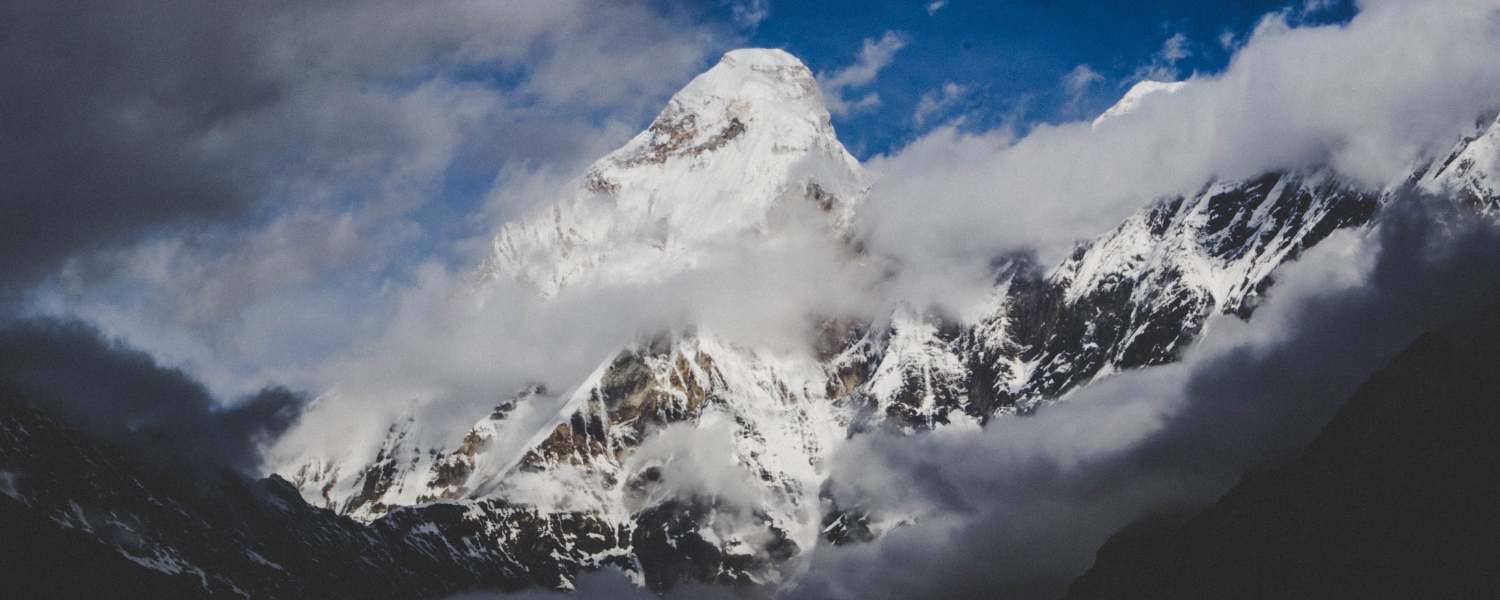
Nestled in the northern extremities of the Milam Valley, within the serene Pithoragarh district of Uttarakhand, Hardeol stands as a sentinel watching over the region. Known as the “Temple of God,” this peak is revered and holds a special place in the hearts of the local populace.
Its proximity to the northeast of the iconic Nanda Devi Peak adds to its mystique, making it a coveted destination for mountaineers seeking solitude and challenge.
11. Chaukhamba I: (7,138 meters)
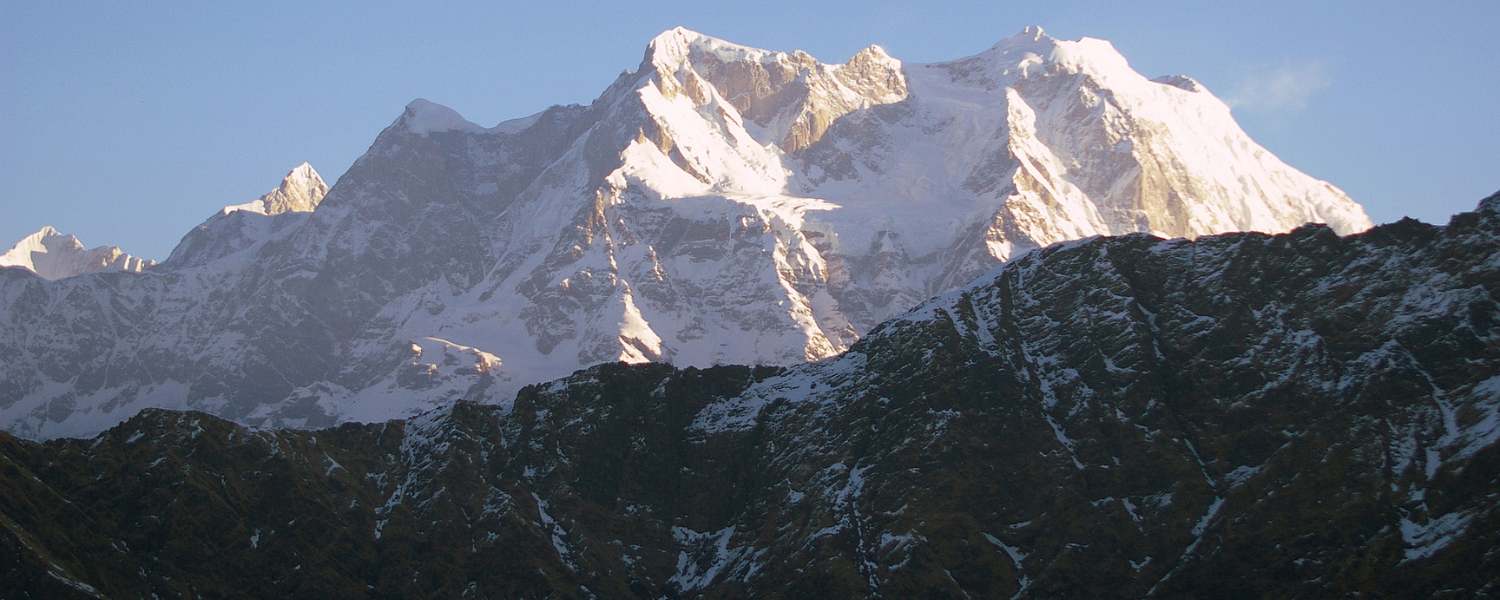
Situated in the Garhwal district of Uttarakhand, Chaukhamba, with its four majestic summits, symbolizes the region’s spiritual essence. The highest among these, Chaukhamba I, reaches 7,138 meters and presents a formidable challenge to climbers.
The peak’s name, meaning ‘four pillars,’ reflects its awe-inspiring structure, often shrouded in myth and legend.
12. Trisul I: (7,120 meters)
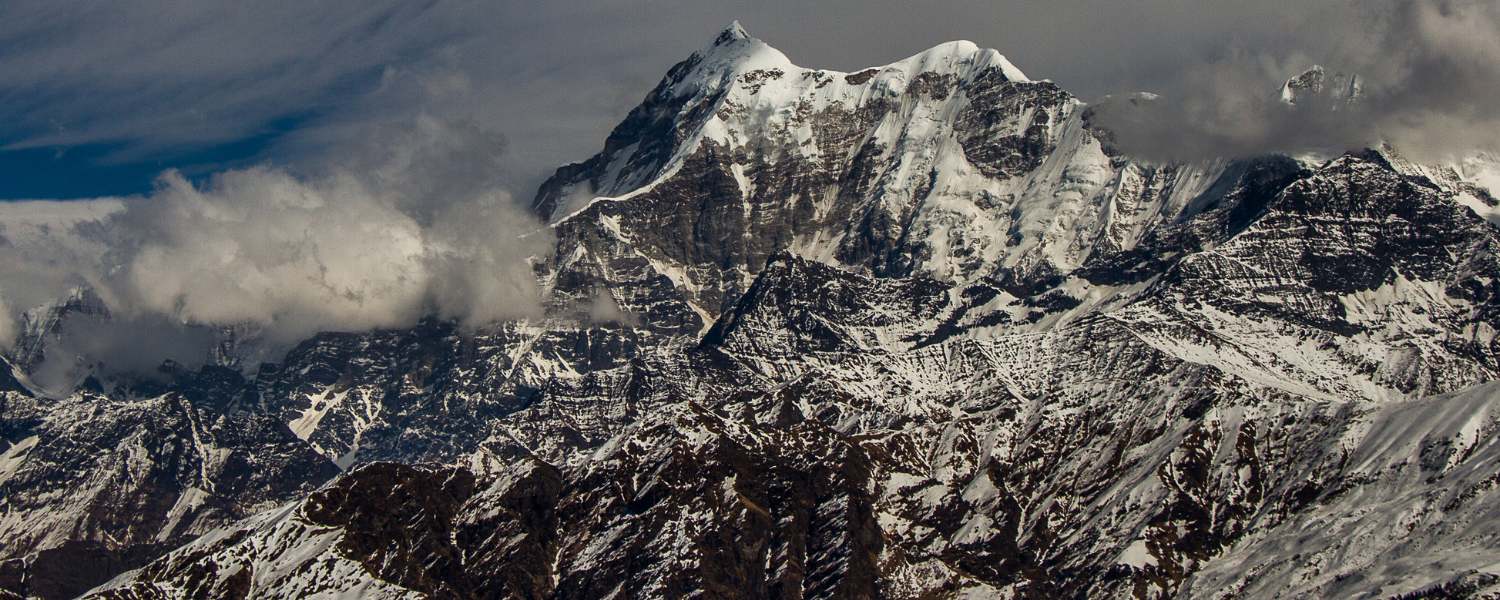
In the heart of the Kumaon Himalayas lies Trisul, a group of three Himalayan peaks, with Trisul I being the highest at 7,120 meters. Its name, derived from Lord Shiva’s trident, signifies the region’s spiritual connection and natural grandeur.
The silhouette of Trisul against the skyline is a mesmerizing sight, inspiring both devotion and a sense of adventure.
13. Satopanth: (7,075 meters)

Satopanth, located in the enchanting Gangotri region of the Garhwal Himalayas, carries mythological significance. At 7,075 meters, the mystical allure of the peak draws trekkers and pilgrims, who see it as a beacon.
People associate the peak with the path to truth and enlightenment, offering both a spiritual journey and a quest.
14. Dunagi: (7,066 meters)

Dunagiri, located in the Chamoli district of Uttarakhand, rises to a majestic 7,066 meters. Hindu mythology regards this peak as the ‘Abode of the Gods.
Its serene beauty and tranquil surroundings make it a perfect retreat for those seeking peace and inspiration amidst nature’s grandeur.
15. Kangto: (7,090 meters)

On the eastern frontier of India, straddling the border with China in Arunachal Pradesh, stands Kangto, a towering peak that reaches 7,090 meters.
This remote and largely unexplored mountain symbolizes India’s northeastern region’s natural beauty and diverse landscapes. Its pristine environment and the challenge it poses to climbers make it a unique and enticing destination.
Conclusion
As we conclude our tour of India’s highest peaks, we feel profound awe and respect for the natural wonders above. These mountains, from the formidable K2 to the mystical Kangto, are not just geographical landmarks but symbols of human resilience, spiritual quests, and the eternal bond between nature and mankind.
Each peak, with its unique ecosystem, cultural significance, and challenging terrain, tells a story of personal and collective conquests.
As we step back from the edge of these towering giants, we carry with us the lessons they teach us about humility, perseverance, and the indomitable spirit of adventure that drives us to explore the unexplored
